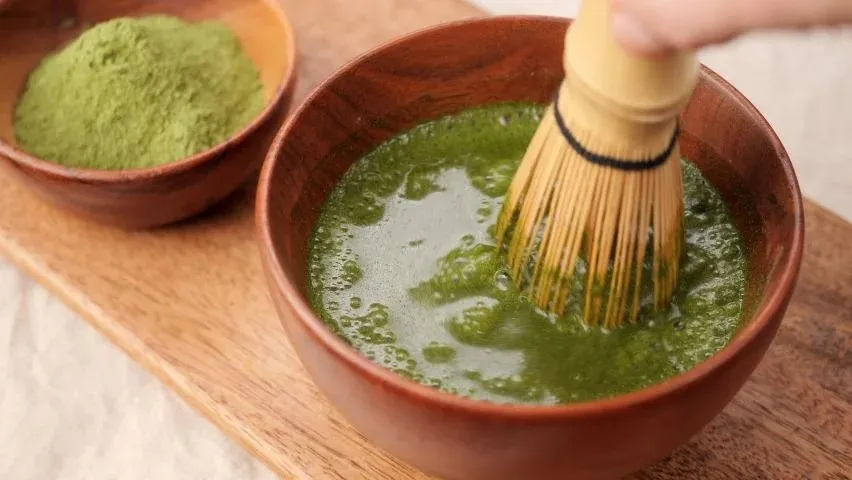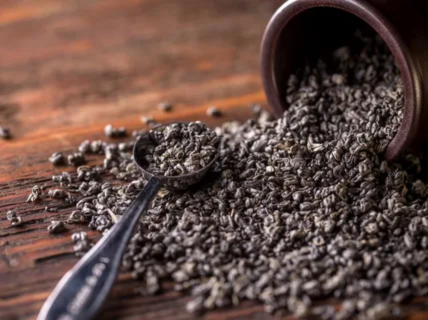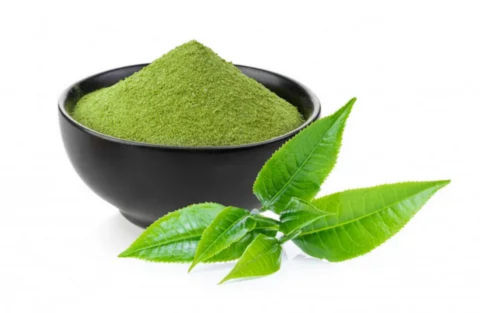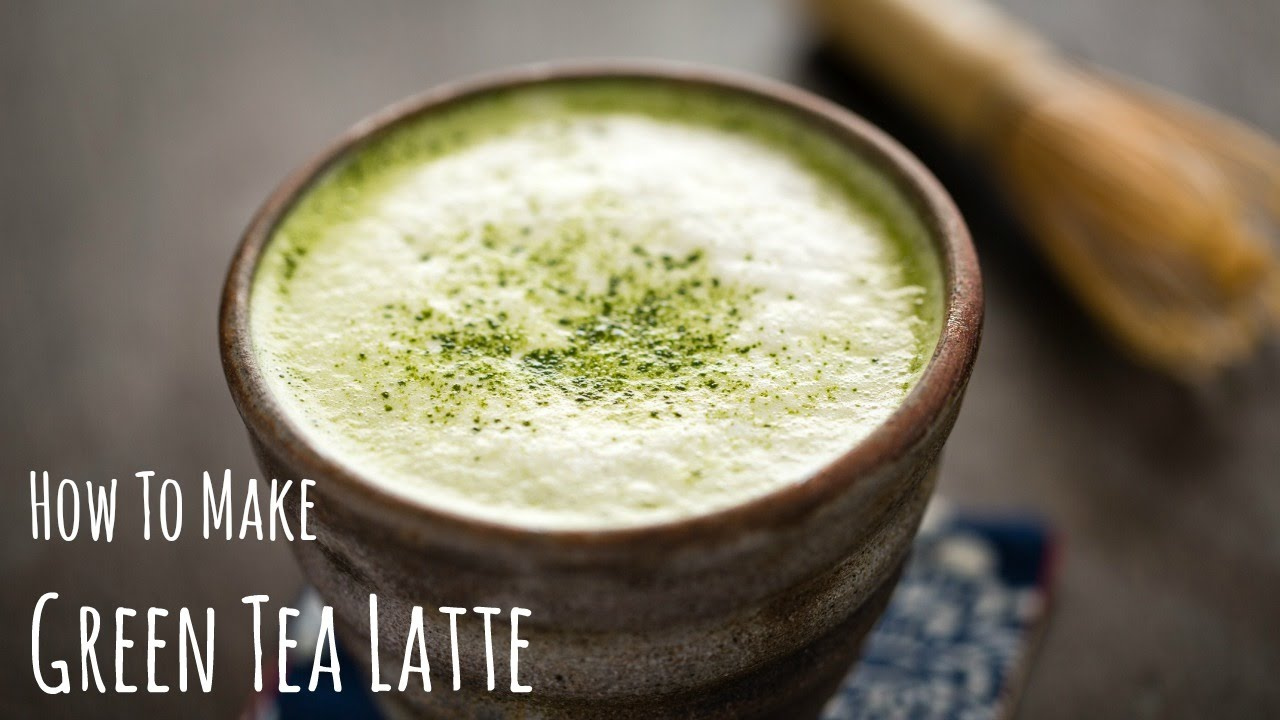“Colour Green Tea is rich in antioxidants, boosts metabolism, supports weight loss, aids digestion, enhances skin glow, and promotes overall health naturally.”
What Is Colour Green Tea?
Colour green tea refers to the visual appearance of both the dried leaves and the brewed liquor in your cup. From bright emerald to pale yellow-green, the shade of your tea is more than just aesthetic—it reveals clues about freshness, quality, and even nutritional value. The colour of green tea is influenced by the plant cultivar, the harvest season, processing method, and brewing style. By learning to interpret these hues, you can better appreciate your tea and ensure every sip is as vibrant as it looks.
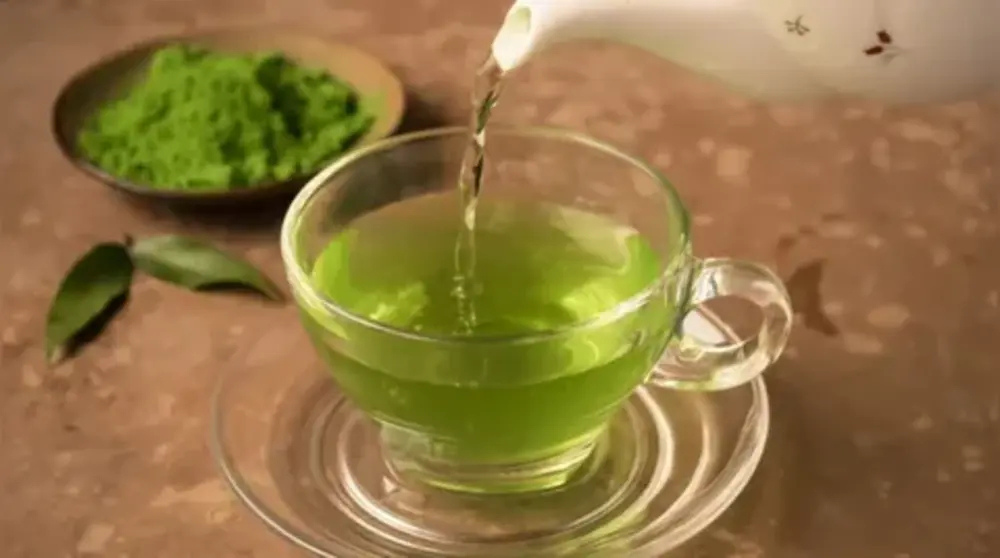
What Determines the Colour Green Tea Displays
Several factors shape the final colour of green tea:
| Factor | Details | Effect on Tea Colour |
|---|---|---|
| Cultivar & Growing Conditions | Shade-grown (e.g., Gyokuro) → deep green pigments. Sun-grown cultivars → lighter shades. | Darker or lighter green |
| Harvest Time | Early spring leaves → tender, high in chlorophyll → bright green. Later harvests → duller or yellow. | Bright green → Yellowish |
| Processing | Japanese steaming → vivid green. Chinese pan-firing → golden-green. Roasting (Hojicha) → amber/brown. | Green → Golden → Amber/Brown |
| Freshness | Poor storage → oxidation → colour fades from vibrant green to flat yellowish. | Green → Yellowish dull |
Each factor contributes to the story your tea tells through its colour.
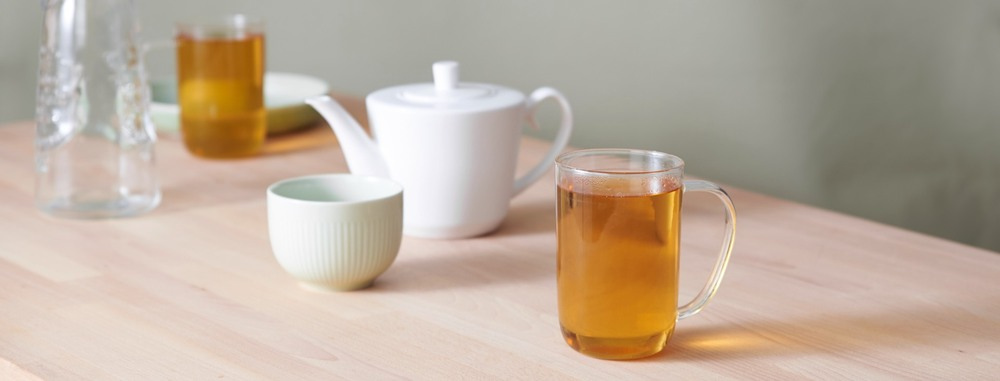
Shades of Colour Green Tea & What They Indicate
Green tea comes in a spectrum of shades, and each one offers insight into flavour and quality:
- Bright emerald/jade: Rich in chlorophyll and antioxidants, usually shade-grown teas like Matcha or Gyokuro. Expect umami, grassy notes.
- Yellow-green: Common in Sencha or Dragon Well, indicating pan-firing. Flavour is nutty, mellow, and sweet.
- Pale or light green: Suggests delicate harvests, under-brewing, or fewer leaves. Flavour is softer but less intense.
- Olive or brownish-green: Indicates older leaves, roasting, or staleness. Roasted teas like Hojicha naturally show amber tones with toasty flavours.
In short, colour green tea is a quick visual cue to its taste and freshness.
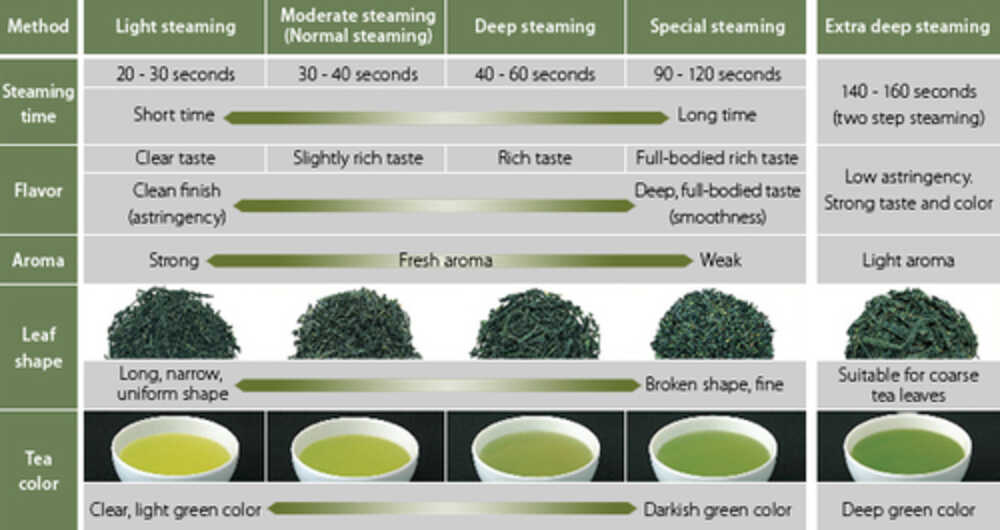
How Brewing Affects Colour Green Tea
Even high-quality leaves can appear dull if brewed incorrectly. To get the best hue:
| Factor | Best Practice | Effect on Colour & Taste |
|---|---|---|
| Temperature | – 70–80°C (158–176°F) for Japanese teas – 75–85°C (167–185°F) for Chinese teas | Too hot → bitterness & darkening Too cool → pale tea |
| Time | 1–3 minutes | Longer steeping → deeper pigments but risk of bitterness |
| Ratio | 2 grams per 150 ml water | Balances flavour and colour |
| Water Quality | Soft, filtered water | Enhances clarity; hard water dulls brew |
Correct brewing ensures your colour green tea is both visually appealing and flavourful.
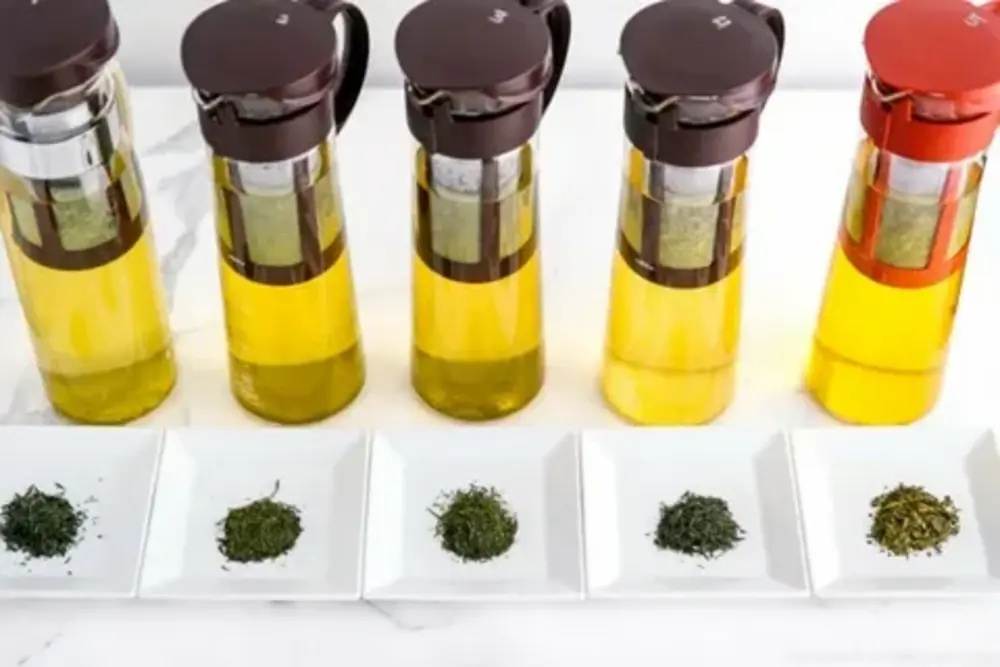
Colour Profiles of Popular Green Teas
Each tea variety has its own colour signature:
| Tea Type | Colour | Flavor / Notes |
|---|---|---|
| Sencha | Bright yellow-green | Grassy and refreshing |
| Matcha | Neon-green | Frothy, rich in antioxidants |
| Gyokuro | Deep jade green | Thick texture with umami flavour |
| Dragon Well | Golden-green | Nutty and smooth |
| Bancha | Lighter yellow-green | Mild, everyday tea |
| Hojicha | Amber to brownish | Roasted, low-caffeine |
| Genmaicha | Yellowish-green + golden | Notes from roasted rice |
Recognizing these shades helps you set expectations for taste and freshness.
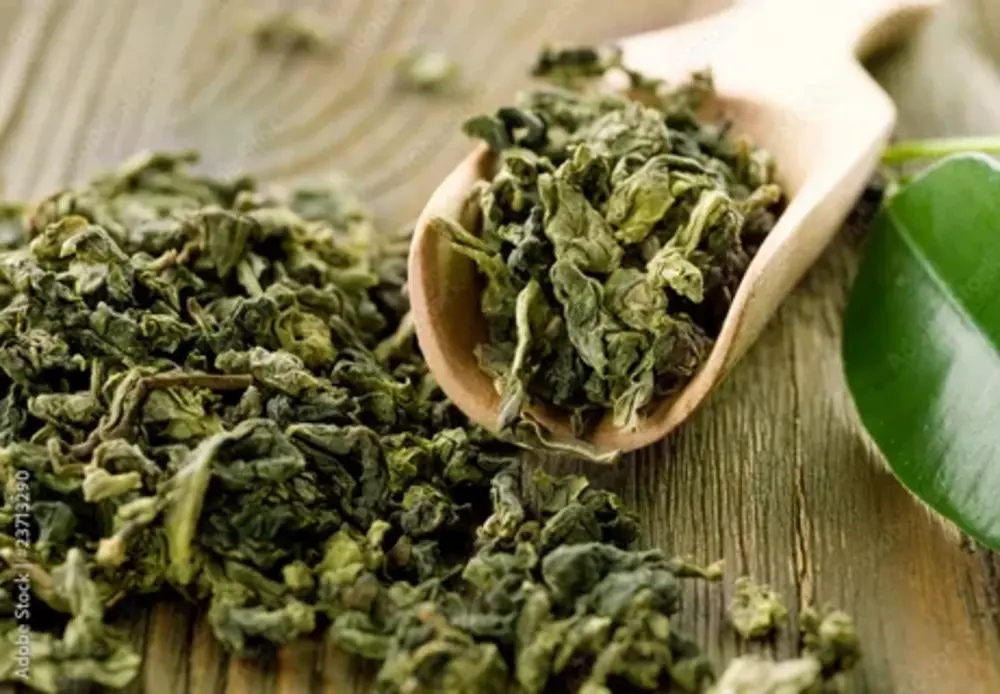
Health Insights from Colour Green Tea
While colour isn’t a perfect health measure, it often signals certain nutritional traits:
| Tea Type (Color) | Key Examples | Nutritional/Compound Highlights | Best Benefit / Use Case |
|---|---|---|---|
| Bright Green | Matcha, Gyokuro | High in chlorophyll, catechins, and L-theanine | Strong antioxidants, calm focus, mental clarity |
| Yellow-Green | Dragon Well, Sencha | Balanced antioxidants with smoother, less intense taste | Daily drinking, balanced health support |
| Amber Roasted | Hojicha | Lower in caffeine | Gentle on stomach, suitable for evening drinking |
Thus, the colour green tea displays can hint at the wellness benefits it offers.
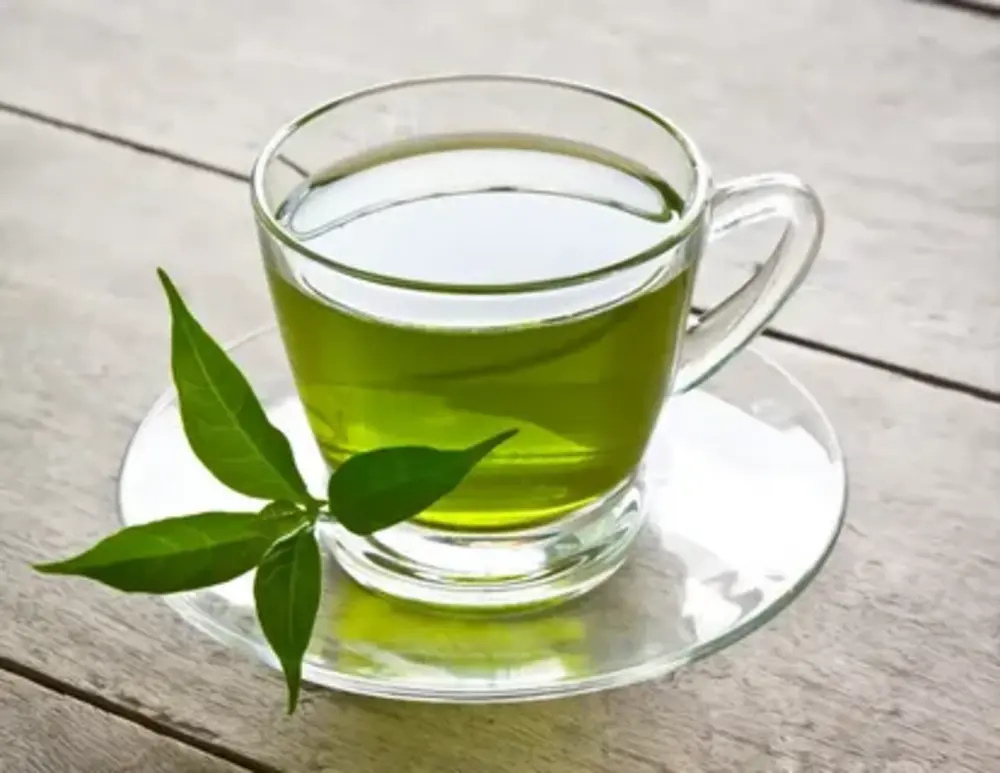
Choosing & Storing Colour Green Tea
To keep your tea fresh and vibrant:
- Pick teas with glossy, uniform leaves.
- Avoid packaging exposed to light or air.
- Store in airtight, opaque containers, away from heat and moisture.
- For delicate teas like Matcha, refrigeration (if sealed well) helps preserve their vivid colour.
Proper selection and storage ensure every cup retains its brightness.
FAQs About Colour Green Tea
1. Why is my colour green tea pale?
Likely under-brewed, low leaf ratio, or poor storage. Try fresher leaves and correct brewing.
2. Is darker colour green tea healthier?
Not always. Bright green teas are rich in antioxidants, while roasted darker teas like Hojicha are lower in caffeine.
3. What does yellow-green colour mean?
It’s normal for many Chinese teas and signals nutty, mellow flavours.
4. How do I preserve the colour of green tea?
Store in airtight, lightproof containers and use fresh, filtered water when brewing.
5. Does colour indicate caffeine levels?
Indirectly. Shade-grown, darker green teas often have more caffeine, while roasted amber teas have less.
Conclusion
Colour green tea is more than just visual appeal—it’s a reflection of how the tea was grown, processed, stored, and brewed. Bright emerald cups often mean freshness and high nutrients, while golden or amber tones tell stories of pan-firing or roasting. By learning to read the colour, you can better understand your tea’s quality, flavour, and health benefits.
Next time you brew, pause and look into the cup. The shade of your colour green tea isn’t just pretty—it’s a window into the leaf’s entire journey from garden to teapot.

